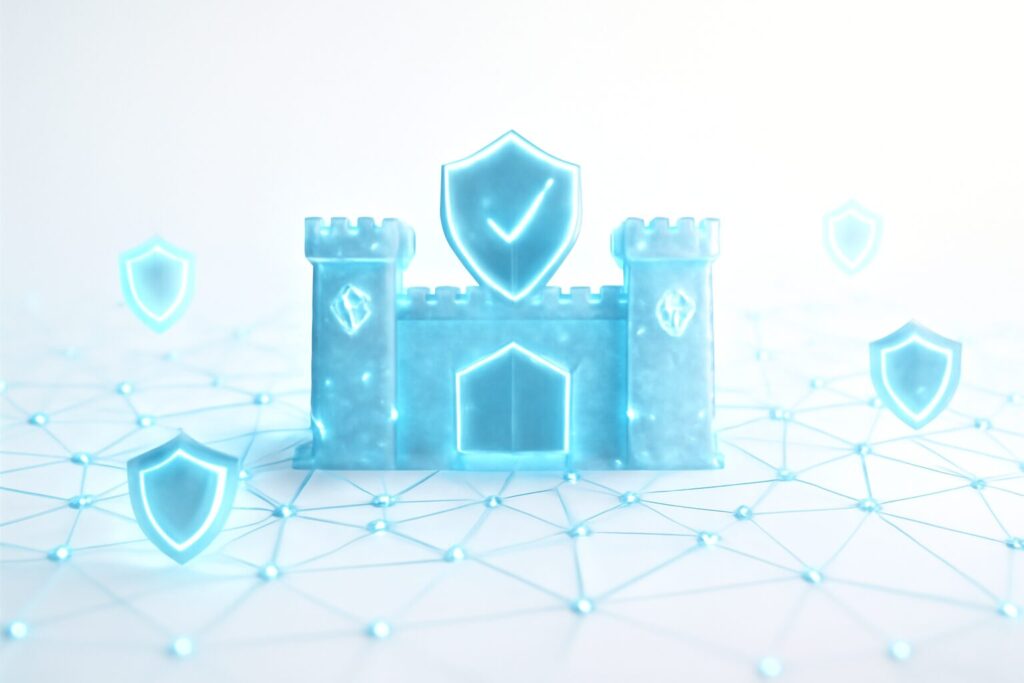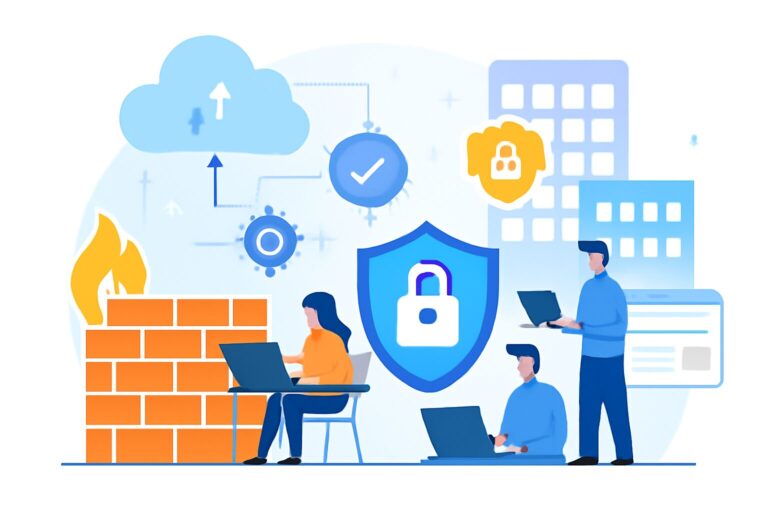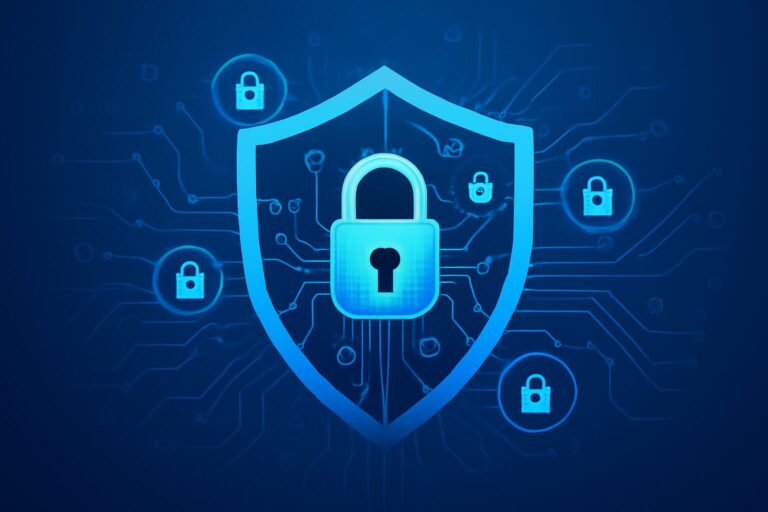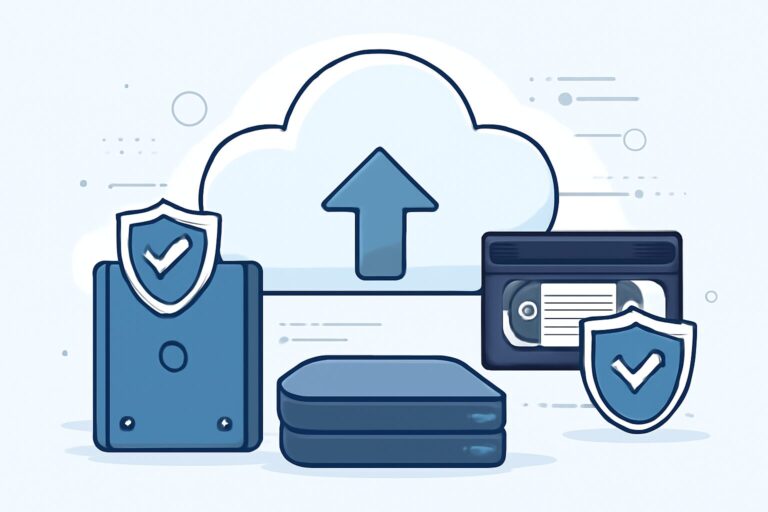# Exposure Surface Management: How Security Leaders Leverage and What to Expect
## Introduction
In today’s increasingly complex cybersecurity landscape, **Exposure Surface Management** (ESM) has become an indispensable core strategy for security leaders. By accurately identifying and managing an organization’s attack surface, companies can proactively defend against and quickly respond to potential threats, greatly reducing security risks. This article offers an in-depth explanation of the concept, technical practices, and crucial role of exposure surface management in modern security governance, helping security teams systematically improve security posture and providing leaders with clear implementation paths and key metrics.
—
## What is Exposure Surface Management? Understanding Security Risks from the Attack Surface Perspective
Exposure Surface Management essentially involves comprehensive identification, monitoring, and protection of all “exposed surfaces” in an enterprise’s network that attackers might exploit. In other words, it focuses on **attack surface** control. Attack surfaces include hardware assets, software applications, network ports, API interfaces, cloud service configurations, and more. As noted by Microsoft Security Research, as enterprise IT environments become more complex, the attack surface constantly changes, increasing security risks.
For example, a company introduces a new third-party cloud service but neglects to control access to its interfaces, resulting in sensitive data leakage. This is a typical case of unmanaged attack surface leading to vulnerabilities. Hence, understanding and managing the attack surface is the first step toward reducing security risks.
In reality, security risks are dynamic and complex; attackers often target the weakest links. Therefore, the **core value of exposure surface management** lies in timely discovering and locking down these potential weak points and taking corresponding measures to block attack paths. Only then can security teams build a strong defense barrier.
—
## Exposure Surface Management and Vulnerability Management: How to Collaborate to Enhance Security Posture
Many organizations consider **vulnerability management** as the sole security approach, but vulnerability scanning is only part of exposure surface management. **Exposure surface management** covers not only known vulnerabilities but also misconfigurations, privilege abuses, and various potential risks.
For instance, vulnerability management uses scanning tools to identify security flaws like unpatched vulnerabilities. Exposure surface management, however, builds a panoramic view covering internal and external network assets, business dependencies, and more, helping security teams prioritize **vulnerability remediation** to avoid wasting resources.
By collaborating, exposure surface management provides accurate asset inventories and risk mappings to vulnerability management, ensuring targeted patching. Tools like Microsoft’s Azure Defender enable security teams to automatically prioritize vulnerabilities on critical assets for automated operations and continuous patch management.
Additionally, selecting truly impactful vulnerabilities from thousands of reports is essential to improving security strategy effectiveness. Exposure surface management gives teams higher visibility and control—not only detecting vulnerabilities but proactively preventing risks.
—
## Building a Comprehensive Risk Assessment System: Quantifying Exposure Surface Impact and Priorities
To effectively implement exposure surface management, constructing a scientific **risk assessment system** is essential. By quantifying the potential impact and likelihood of each exposure point, security leaders can allocate resources more rationally and manage threat priorities.
**Threat modeling** is a vital tool that defines attack paths, evaluates exposed weaknesses, and potential consequences. In practice, combined with Microsoft’s Threat Modeling Tool, security teams can systematically analyze asset-related threats and convert risks into digital metrics.
For example, a financial institution performed a comprehensive assessment of API exposure surfaces, combining business value and threat intelligence to prioritize remediation of the highest risk interfaces, greatly reducing attack probability.
Common components include:
– Asset classification and importance labeling
– Attack surface analysis and vulnerability correlation
– Threat scenario simulation
– Security KPI settings
This system not only ensures effectiveness from a technical perspective but also provides transparency and decision support at the management level.
—
## Threat Detection and Intelligence: Enhancing Exposure Surface Visibility and Early Warning Capability
In a dynamic attack environment, threats constantly evolve. **Threat detection and intelligence** systems act as the “radar” for exposure surface management. Without timely and accurate intelligence, security teams cannot effectively monitor the changing exposure surfaces.
Microsoft Security Intelligence Platform offers rich information to help organizations continuously track known and unknown threats. For example, updates on zero-day vulnerabilities are rapidly reflected in defensive strategy adjustments to reduce blind spots.
Another key is security monitoring. Deploying advanced SIEM (Security Information and Event Management) and SOAR (Security Orchestration, Automation, and Response) platforms enables enterprises to detect anomalies and intrusion signs on exposure surfaces in real time.
A manufacturing company integrating threat intelligence with security monitoring successfully detected multiple targeted attacks on critical assets and initiated early warnings and remediation, avoiding data breaches and production disruption. This case demonstrates that **enhancing exposure surface visibility** is crucial for early warning.
—
## Automated Remediation and Response: Reducing Vulnerability Exposure Windows
Even with timely detection, without rapid response, attacks can still occur. Here, **automated remediation and response** technologies are vital. Utilizing automated operation tools, security teams can standardize and accelerate vulnerability fix processes.
Microsoft Azure Security Center’s automated remediation can execute preset mitigation steps upon detecting configuration risks, significantly shortening attack windows. This prevents delays from manual intervention and quickly eliminates risks at the source.
Automation combined with policy-based prioritization further optimizes resource use and eases security team workload, allowing focus on complex analysis and strategy formulation.
In summary, integrating automation with exposure surface management forms a closed-loop process from discovery to remediation, improving overall security operations efficiency.
—
## Security Leaders’ Expectations and Challenges: Key Metrics for Implementing Exposure Surface Management
For security leaders, implementing exposure surface management is not only a technical issue but also a governance and strategic challenge. Leaders expect clearer security visibility and more efficient risk control through this approach.
Key **security KPIs** include:
– Attack Surface Identification Coverage
– Mean Time to Repair (MTTR) for vulnerabilities
– Risk Exposure Rate Changes
– Threat Alert Response Time
– Automated Remediation Success Rate
These metrics help quantify security effectiveness and drive continuous improvement. Developing comprehensive **governance strategies** to ensure cross-department collaboration and policy enforcement is the foundation of success.
Challenges mostly lie in asset diversity and distribution, talent shortages, and budget constraints. Only by combining mature technology platforms and clear management frameworks can security leaders maximize exposure surface management value.
—
## Frequently Asked Questions (FAQ)
**Q1: What is the difference between exposure surface management and attack surface management?**
A1: Both concepts are similar and refer to all possible enterprise attack entry points. Exposure surface management emphasizes comprehensive identification and dynamic control, while attack surface management focuses more on attack paths and vulnerabilities.
**Q2: Is exposure surface management only suitable for large enterprises?**
A2: Not at all. Small and medium-sized enterprises also need proper attack surface management to protect critical assets. Cloud security services enable flexible deployment of exposure surface management for SMBs.
**Q3: Can automated remediation entirely replace manual handling?**
A3: No. Automation is efficient but cannot handle complex threats. Combining automation with manual analysis is recommended to form a closed-loop security operation.
**Q4: How often should exposure surface management be performed?**
A4: Ideally continuous monitoring combined with periodic scans and dynamic intelligence updates to keep attack surface views accurate in real time.
**Q5: How to measure the effectiveness of exposure surface management?**
A5: By KPIs such as vulnerability fix speed, risk exposure levels, and alert response times.
**Q6: Does exposure surface management relate to compliance?**
A6: Yes, it is closely related and is a basis for meeting compliance requirements like ISO 27001 and GDPR.
—
For more insights on efficiently implementing exposure surface management and enhancing overall security defense capabilities, please visit De-Line Information Technology’s official website at [https://www.de-line.net](https://www.de-line.net). Discover more about Microsoft security solutions and cybersecurity services, and let’s build a robust security future together! 🔒🚀
************
The above content is provided by our AI automation poster




